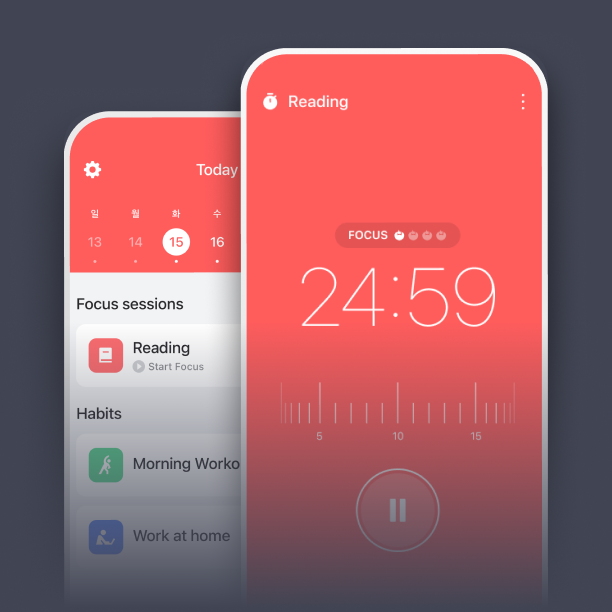What is app usage control?

What is app usage control?
As our lives become increasingly intertwined with technology, managing how we interact with our apps has never been more crucial. App usage control refers to the strategies and tools that help us monitor and limit our time spent on applications. This concept isn’t just about reducing distractions; it’s also about enhancing productivity and maintaining a healthy work-life balance. In this article, we’ll explore app usage control, its significance, and how it can transform our digital habits.
Understanding App Usage Control
Definition of App Usage Control
At its core, app usage control is the practice of monitoring and managing the amount of time spent on mobile applications and other software. It involves tracking app usage, setting time limits, and blocking access to specific apps to foster a more focused and productive environment. As distractions multiply in our digital age, understanding and applying app usage control has become essential for both personal and professional growth.
Purpose of App Usage Control
Why should we bother with app usage control? The answer lies in its potential to boost productivity and focus. With the endless scroll of social media, notifications from various platforms, and the lure of mobile games, it’s easy to lose track of time. By implementing app usage control, we can create structured boundaries that help us stay on task, reduce procrastination, and achieve our goals more effectively.
Benefits of App Usage Control
Improved Productivity
One of the most immediate benefits of app usage control is the enhancement of productivity. When we monitor our app usage, we can identify which applications consume the most time and potentially distract us from our tasks. By setting limits on these apps, we create space for more productive activities. For instance, using apps like StayFree can help you block distracting applications, allowing you to focus on what truly matters.
Work-Life Balance
Maintaining a healthy work-life balance is critical in today’s fast-paced world. App usage control encourages us to draw boundaries between work and personal life. By limiting work-related apps outside of working hours, we can enjoy our downtime without the constant pressure of work notifications. This balance not only reduces stress but also enhances overall well-being.
Effective Study Habits
For students, app usage control can significantly improve study habits. With distractions lurking at every corner, focusing on academic work can be challenging. By implementing app usage control techniques, students can maintain their concentration, ultimately leading to better grades and a more profound understanding of their subjects. For tips on effective study habits, check out this study on app effectiveness which highlights how app management can lead to reduced mobile phone use.
Tools and Techniques for App Usage Control
Mobile Applications
Several applications are specifically designed to help users control their app usage. For example, Forest encourages users to stay off their phones by growing virtual trees as they remain focused. Additionally, apps like RescueTime track your usage and generate reports to help you understand your habits better.
Built-in Phone Features
Many smartphones come equipped with built-in features to help users manage app usage effectively. For Android users, the Digital Wellbeing feature provides insights into how much time is spent on each app and allows users to set timers for app usage. This proactive approach can help you stay aware of your habits and encourage positive changes. For more details on this feature, visit Google’s support page.
Setting Personal Boundaries
Setting personal boundaries concerning app usage is another effective technique. This may include designating specific times of day for app usage, turning off notifications, or even deleting certain apps altogether. By being intentional about how and when we use apps, we can reclaim control over our time and attention.
Implementing App Usage Control
Assessing Current Usage
Before diving into app usage control, it’s vital to assess your current usage patterns. Take note of which apps you use the most and how much time you spend on them. This self-reflection can provide insights into where to focus your efforts. You might be surprised by how much time slips away on seemingly harmless apps!
Creating a Control Plan
Once you’ve assessed your usage, it’s time to create a tailored control plan. Start by identifying your goals—whether it’s increasing productivity, maintaining work-life balance, or improving study habits. From there, outline specific steps to achieve these goals, such as setting daily time limits on certain apps or scheduling regular breaks to recharge your focus.
Establishing Accountability
Accountability is crucial in sticking to your app usage control plan. Consider sharing your goals with a friend or family member who can check in on your progress. Alternatively, you can use apps that track your adherence to your control plan. Seeing your progress can motivate you to stay on track and reinforce positive habits.
Conclusion
In conclusion, app usage control is not just a tool; it’s a lifestyle choice aimed at enhancing productivity and promoting a balanced life. By implementing app usage control strategies, we can reclaim our time, focus on what truly matters, and develop better study habits. As we navigate the complexities of our digital lives, taking charge of our app usage can pave the way for personal growth and fulfillment. So why not start today? Embrace app usage control and experience the benefits it brings to your daily life!
